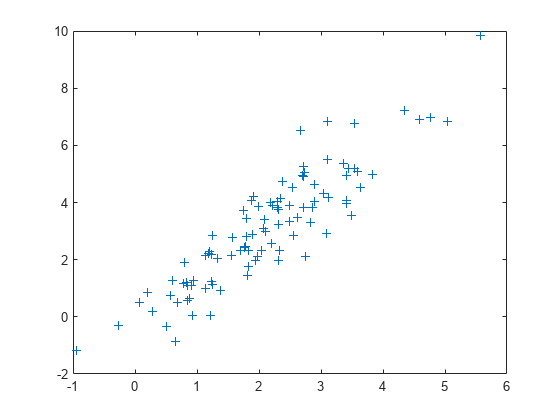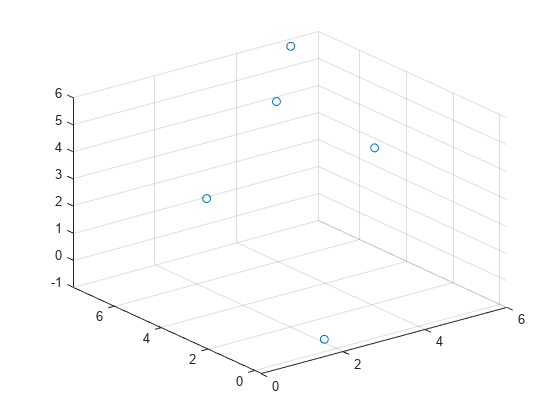mvnrnd
多元正态随机数
说明
示例
输入参数
输出参量
详细信息
提示
mvnrnd要求矩阵Sigma是对称矩阵。如果Sigma只是略有不对称,您可以改用(Sigma + Sigma')/2来解决不对称问题。在一维情况下,
Sigma是方差,而不是标准差。例如,mvnrnd(0,4)与normrnd(0,2)相同,其中4是方差,2是标准差。
参考
[1] Kotz, S., N. Balakrishnan, and N. L. Johnson. Continuous Multivariate Distributions: Volume 1: Models and Applications. 2nd ed. New York: John Wiley & Sons, Inc., 2000.
扩展功能
版本历史记录
在 R2006a 之前推出

